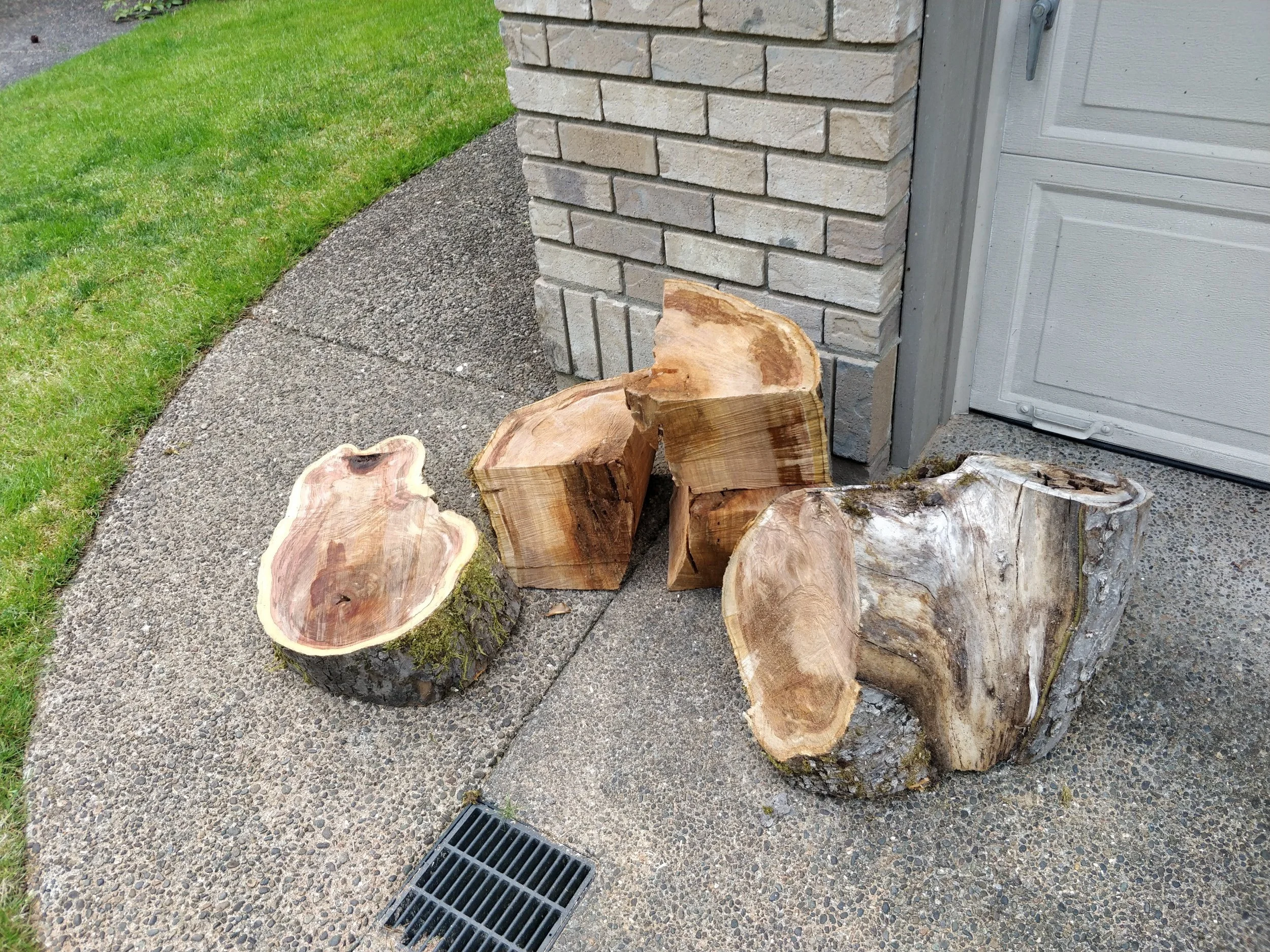Epoxy Charcuterie Board
When I first created my website the very first picture I put on it was this one. I know it’s unique, even for an epoxy board, but there is more to it than just that.
There are two reasons why I wanted this picture on my website. One, it was the first epoxy project I every made and two, it was made for a special reason. I donated this board in 2020 to the Santa Barbara Maritime Museum to be included in their annual auction. I started this project in late 2019 in anticipation of their spring auction, but the pandemic canceled that and the board sat in limbo for two years. Just this weekend I found out the museum had their auction and my board was one of the items.
A little about the board. The blue part is epoxy, Total Boat epoxy to be exact. The link will take you to deep pour epoxy, which is the stuff you’d want to use for something like this. I used table top and I’ll get in to why you shouldn’t make my mistake later.
If you aren’t familiar epoxy is plastic, but it requires mixing two parts together to turn into plastic. And that plastic isn’t your run of the mill red solo cup plastic. This stuff is tough. Hard and durable, plus it bonds to everything it touches. You couldn’t get those pieces of wood out of that hardened epoxy even if you wanted to. I am no epoxy expert so I won’t go into the process, but if you are interested, leave me a comment to motivate me to make another so I can share how it’s done.
The wood I used is apple. Apple wood is actually pretty rare as lumber. It is very hard, but tends to warp as it dries. Apple trees are also on the smaller side so their lumber yield is less. But it is beautiful with a tight grain structure and it holds detail really well so it has been traditionally used for handles and other small items. It was a joy to work with. Yes it is hard so sharp tools are a necessity and the wood dulls them fast. But its tight grain and small pores meant it didn’t chip or tear out. Plus it filled my shop with a pleasant sweet smell when being worked.
This particular tree had to come down due to extensive termite damaged. The termites bored holes, causing the unique patter in the middle of the board. I was lucky and found it on Craigslist for free, I just had to haul it away, cut it up, and dry it into lumber. When I cut the wood it was simply amazing. Fresh off the saw it had a deep purple color. Unfortunately, the color didn’t stick around long and faded to a rich brown.
And speaking of the grain structure, this particular chunk is from the crotch of the tree. The crotch is where two major limbs come together into the trunk. You’ll notice in the picture there is a wavy grain pattern on the upper portion of the board. That pattern is caused by the grain essentially stitching itself together to create a secure connection between the two branches and into the trunk.
Then the most important part, the design. The board is supposed to resemble a bay with offshore islands representing the Santa Barbara harbor and Channel Islands. Plus the sapwood looks like white sand beaches against the blue epoxy water.
Overall, this was a fun build and I hope it went to a good home. I did hear that it went for $150 at auction. Whatever the price, I’m glad it raised money to support an amazing museum.



